
Filter News
Area of Research
News Type
News Topics
- (-) 3-D Printing/Advanced Manufacturing (13)
- (-) Big Data (12)
- (-) Cybersecurity (6)
- (-) Grid (7)
- (-) Machine Learning (10)
- (-) Nanotechnology (6)
- (-) Quantum Science (5)
- Advanced Reactors (2)
- Artificial Intelligence (9)
- Bioenergy (23)
- Biology (27)
- Biomedical (13)
- Biotechnology (7)
- Buildings (10)
- Chemical Sciences (9)
- Clean Water (7)
- Composites (3)
- Computer Science (14)
- Coronavirus (6)
- Critical Materials (2)
- Energy Storage (13)
- Environment (40)
- Exascale Computing (3)
- Frontier (3)
- Fusion (9)
- High-Performance Computing (11)
- Hydropower (2)
- Isotopes (13)
- ITER (1)
- Materials (9)
- Materials Science (15)
- Mathematics (5)
- Mercury (4)
- Microscopy (11)
- National Security (17)
- Neutron Science (10)
- Nuclear Energy (16)
- Partnerships (2)
- Physics (16)
- Polymers (5)
- Quantum Computing (1)
- Security (7)
- Simulation (8)
- Summit (2)
- Transportation (12)
Media Contacts
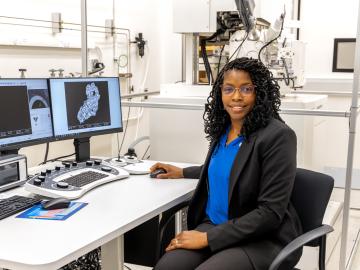
After completing a bachelor’s degree in biology, Toya Beiswenger didn’t intend to go into forensics. But almost two decades later, the nuclear security scientist at ORNL has found a way to appreciate the art of nuclear forensics.

When reading the novel Jurassic Park as a teenager, Jerry Parks found the passages about gene sequencing and supercomputers fascinating, but never imagined he might someday pursue such futuristic-sounding science.

Growing up in China, Yue Yuan stood beneath the world’s largest hydroelectric dam, built to harness the world’s third-longest river. Her father brought her to Three Gorges Dam every year as it was being constructed across the Yangtze River so she could witness its progress.
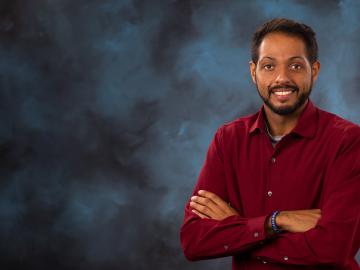
Having lived on three continents spanning the world’s four hemispheres, Philipe Ambrozio Dias understands the difficulties of moving to a new place.
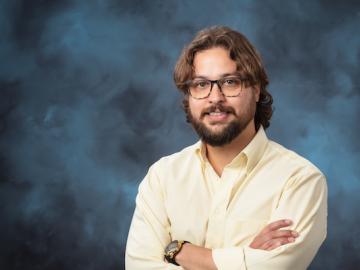
In human security research, Thomaz Carvalhaes says, there are typically two perspectives: technocentric and human centric. Rather than pick just one for his work, Carvalhaes uses data from both perspectives to understand how technology impacts the lives of people.

Though Nell Barber wasn’t sure what her future held after graduating with a bachelor’s degree in psychology, she now uses her interest in human behavior to design systems that leverage machine learning algorithms to identify faces in a crowd.

How an Alvin M. Weinberg Fellow is increasing security for critical infrastructure components

When Andrew Sutton arrived at ORNL in late 2020, he knew the move would be significant in more ways than just a change in location.
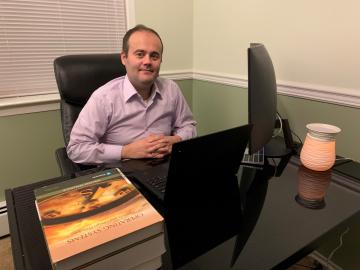
Having co-developed the power electronics behind ORNL’s compact, high-level wireless power technology for automobiles, Erdem Asa is looking to the skies to apply the same breakthrough to aviation.
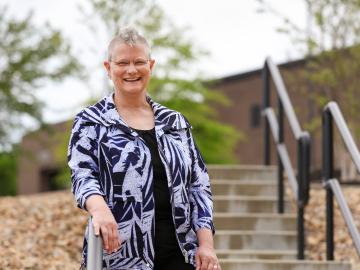
As a computer engineer at Oak Ridge National Laboratory, Gina Accawi has long been the quiet and steady force behind some of the Department of Energy’s most widely used online tools and applications.


